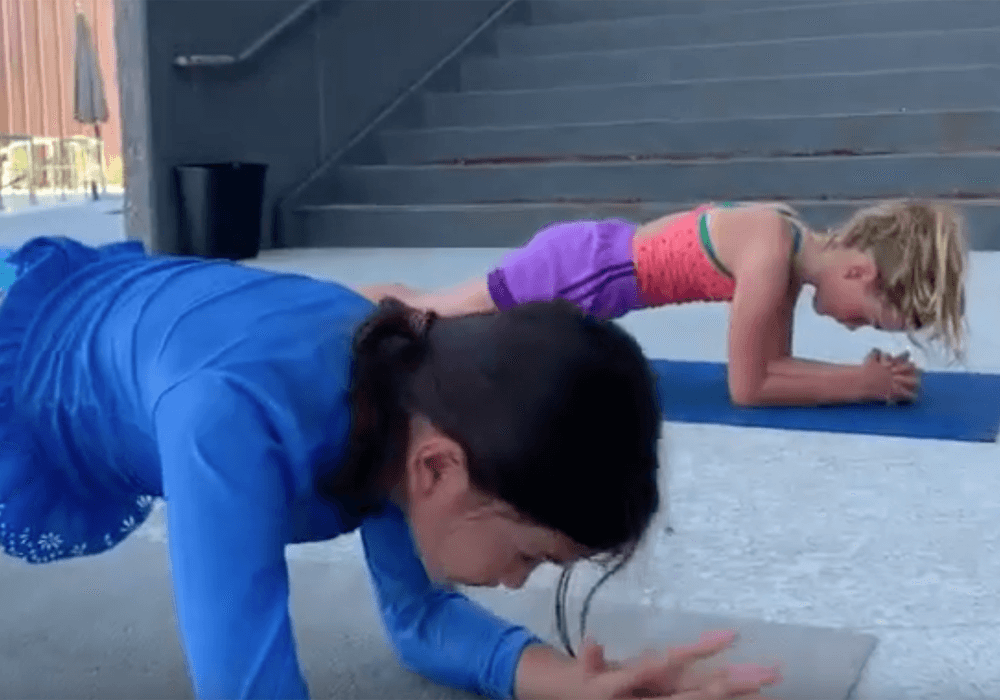Swimmer Strength Tech Tip: Strength & Dryland Technique Matters

Contributed by Deniz Hekmati – Strength & Conditioning Specialist, Sport Scientist
Deniz Hekmati will be providing regular content on strength and conditioning as Swimming World’s newest dryland contributor.
For the past decade, the swimming community has focused on finding a strength and dryland training program that is perfect. There is less talk about how certain movements should be performed properly. This week, We want to address the importance of exercise technique and how it matters for swimming performance.
Swimmers are constantly performing dryland exercises poorly, because they are being asked to do movements without the appropriate underlying physical strength to execute them safely and effectively. For example, swimmers find it challenging to maintain a completely neutral spine in major movements, such as the hinge, squat, plank, pullup, and the pushups. As swimmers, we have hard time engaging the lower trapezius muscles in overhead positions. And being a sport that does so many ab exercises, young swimmers, in particular, have a hard time keeping the pelvis from tilting forward in important movements, which is a sign of disengagement from the glutes and abdominal muscles.
A swimmer with better swimming technique will minimize hydrostatic drag and optimize power output in the water. Similarly, improving technique in the weight room and during dryland training will optimize power output, and minimize the risk of getting injured in the long run.
Human movement is complicated, and swimmers are not known to be the smoothest athletes. Although some swimmers have naturally better body awareness, there is a vast majority that do not. That’s why this topic is important to take seriously.
Watch Video
To summarize, be sure to clean up the technical aspect of strength & dryland training.
If you are patient with exercise technique and truly pay attention to moving more efficiently, you will maximize training adaptations, and you will significantly reduce the risk of injury.
To Learn More Visit Swimmer Strength
Note: All swimming and dryland training and instruction should be performed under the supervision of a qualified coach or instructor, and in circumstances that ensure the safety of participants.




I have a 12 year wdaughter who does competitive swimming. Interested to know about more Dryland and Strength Training.